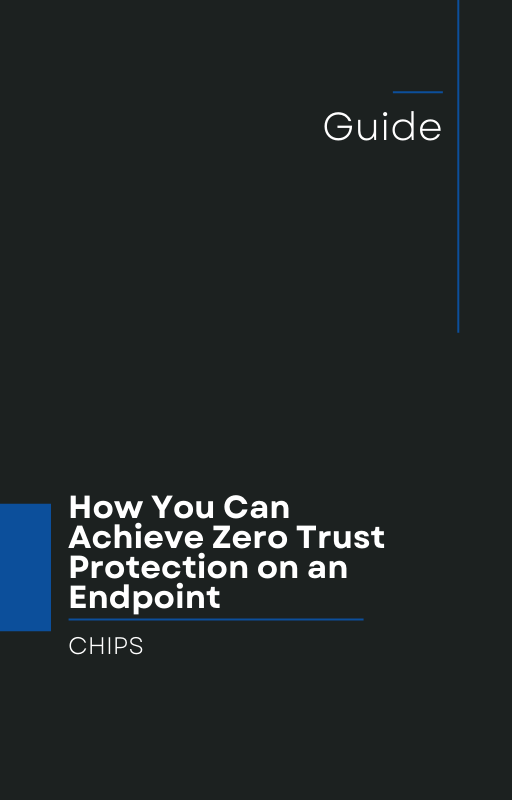Stop Playing the Crazy Game: Why One Chrome Update Is a Wake-Up Call
On July 16, 2025, Google urgently released a critical update for Chrome, addressing six security flaws—including a high-severity zero-day (CVE-2025-6558, CVSS score 8.8) that’s already being exploited in the wild.
This isn't your typical bug; it's a sandbox-escape vulnerability in Chrome’s ANGLE and GPU components. Just visiting a malicious web page could allow attackers to break through the browser’s isolation and gain deep system access The Hacker NewsNational Vulnerability DatabaseHelp Net Security.
The flaw stems from insufficient validation of untrusted input, meaning hostile HTML—even without any user action—can trigger a chain reaction: leaving the browser sandbox, accessing the operating system, possibly executing arbitrary code. Given that Google's Threat Analysis Group discovered the zero-day on June 23 and confirmed active exploitation, it’s clear that sophisticated threat actors—possibly nation-states—are already weaponizing it.
Patching this vulnerability—upgrading to Chrome versions 138.0.7204.157/.158 on Windows and macOS, or 138.0.7204.157 on Linux—is critical, and must be done across all endpoints, including Chromium-based browsers like Edge, Brave, Opera, and Vivaldi. The U.S. CISA has even placed it in its Known Exploited Vulnerabilities catalog, requiring federal agencies to patch by August 12, 2025.
Why “Detect and Respond” Isn’t Sufficient Anymore
Let’s be real—patching is necessary. But patching alone is not enough.
-
Zero-days evade detection until it's too late. By the time an alert triggers, containment may not follow.
-
Sandbox escapes like this Chrome exploit let attackers bypass traditional detection tools altogether.
-
Relying on detection assumes that you’ll see it before it causes damage, which fast-moving threats often outpace.
We’ve seen again and again: the “detect, then respond” model is reactive. It's like chasing a bullet rather than stopping it.
Enter AppGuard: Proven Isolation for Uncompromising Protection
That’s why businesses need to move beyond detection. They need isolation and containment at the endpoint. That’s where AppGuard comes in.
AppGuard isn't just another antivirus—it’s a decade-proven endpoint protection solution (10-year track record!) built exactly for these high-impact scenarios.
-
It isolates applications and restricts the system-level impact of even zero-day exploits—like sandbox escapes—before they can redirect or damage the system.
-
It contains threats in real-time, stopping them from breaking out or spreading—without waiting to detect or respond post-compromise.
-
It’s a proven, battle-tested solution now available for commercial use, delivering enterprise-grade containment to businesses of all sizes.
Your Next Move: Game Over for Zero-Day Escalation
Stop playing the crazy game of trying to catch threats after they've launched. Instead, prioritize containment first.
What business owners should do now:
-
Ensure all systems are fully patched (Chrome, Edge, Opera, Safari, etc.).
-
Implement AppGuard to enforce “zero trust” at the endpoint level—isolating apps and containing threats in real-time.
-
Move from “detect and respond” to “isolate and contain.”
AppGuard gives you that proactive boundary that traditional tools lack—so even if a zero-day hits, it stays contained.
Talk With Us at CHIPS
Ready to stop playing the crazy game?
Talk to us at CHIPS about how AppGuard can protect your business from zero-day threats like CVE-2025-6558.
Don’t wait to respond—isolate and contain now.
Reach out today and let us show you how AppGuard lets you work securely without waiting for the next patch—or the next exploit.
Like this article? Please share it with others!

August 30, 2025

Comments